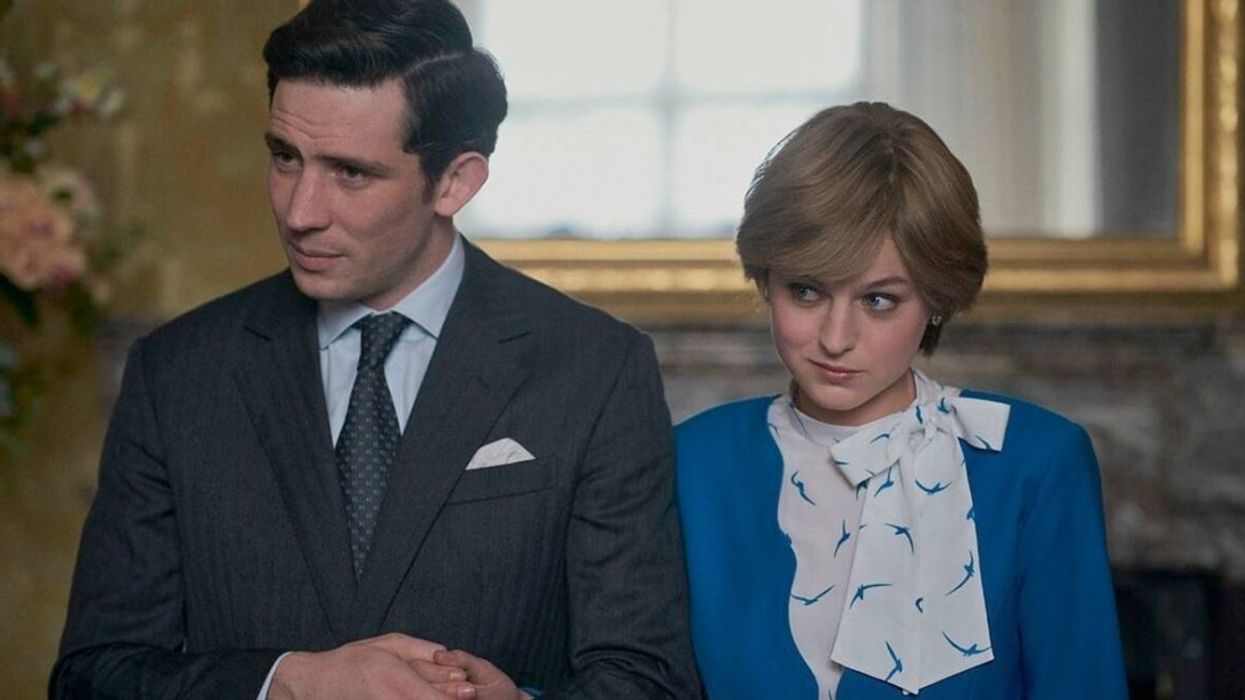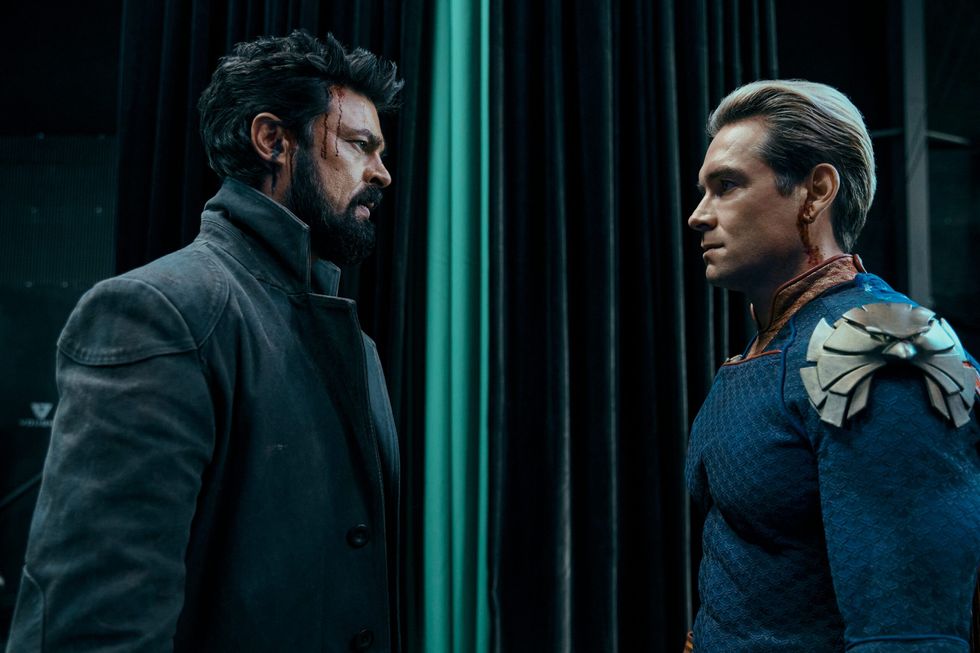How Have Streaming Services Affected Storytelling in Film and TV?
Screenwriters have to write ideas that develop quickly and episodes that leave people wanting more.

'The Crown'
If you watch a lot of film and TV on streaming platforms, you may have noticed a change in trends over the last decade or so.
Many movies and TV shows made for streaming platforms have shifted storytelling in some uncanny ways.
And writers and directors who want to create shows and films for these spaces should take note.
Streaming services have revolutionized the way we consume film and television, profoundly affecting the art of storytelling in these mediums.
Today, we'll explore the various impacts streaming services have had on storytelling in film and TV.
Let's dive in.
The Rise of Long-Form Storytelling

'Stranger Things'
Netflix
One of the most significant changes brought about by streaming services is the rise of long-form storytelling.
While we've always had on-going TV shows, streaming has played a humungous role in this new golden era of TV. And it knocked procedurals out of the way to focus on stories that take place over multiple seasons.
With the ability to release entire seasons at once, shows are no longer constrained by the traditional episodic format. This allows for more complex, character-driven narratives that can develop over many hours.
Shows like Netflix's Stranger Things and Amazon Prime's The Marvelous Mrs. Maisel exemplify this, offering deeper character development and intricate plotlines that unfold over multiple episodes.
Diversification of Content
 'Squid Game'
'Squid Game'Netflix
Streaming services have also diversified the types of stories that get told. Traditional networks often rely on ratings and broad appeal, which can lead to a homogenization of content.
In contrast, streaming platforms cater to a wide variety of tastes and interests, leading to the production of more niche and diverse content.
Shows and movies don't have to be in English to reach a wide audience. They can contain multiple dub tracks or also just a shoot for a non-American audience that can easily find what they want to watch on an app.
Places like Apple, Netflix, and Amazon can greenlight content that can take into account every country in the world. And advances in dubs and subtitles allows these shows and movies to be enjoyed by all.
Think of huge shows like Squid Game and Narcos or movies like RRR and All Quiet in the Western Front. They all have international audiences which contribute to the hundreds of millions or billions of hours they've been watched.
Freedom From Advertising Constraints

Terry Crews - Old Spice Commercial
Old Spice YouTube
While many streamers are adopting commercial options right now, the dawn of these apps involved people paying a premium not to watch commercials.
The draw was that if you payed a price, you got to pick what you wanted to watch without interruption.
Without the need to structure a narrative around ad breaks, stories can flow more naturally, allowing for more creative freedom in pacing and structure.
This totally bucked the system of shows having to fit into 22 or 44 minutes, and then added more story when you have varying lengths.
Think about those hour-long episodes of Ted Lasso or the 19 minute episodes of The End of the F*cking World. They don't have to conform to advertisers, just to the story they want to tell.
Experimentation and Ingenuity
 Watch: Creating the Twists and Turns of 'Black Mirror: Bandersnatch'
Watch: Creating the Twists and Turns of 'Black Mirror: Bandersnatch'Netflix
Some of the biggest swings in storytelling come from the ability to have people interact with what's on their screen via streamers.
Streaming services have fostered an environment of innovation and experimentation in storytelling.
The lower financial risks associated with streaming (compared to theatrical releases) and the desire to stand out in a crowded market have encouraged creators to push boundaries.
This has resulted in unique storytelling formats, such as the interactive "Bandersnatch" episode of Black Mirror and the popularity of the anthology structure for shows like What If, 1883, and Love + Death + Robots.
The Challenges of Storytelling on Streaming Services

'The Boys'
Amazon Prime VideoOf course, these arent all fun changes. There's a lot of differences in these formats that also present major challenges for writers.
Storytelling on streaming services, while offering numerous opportunities for creativity and diversity, also presents several unique challenges.
These challenges not only impact content creators but also influence audience experiences and industry dynamics. Here’s an exploration of these complexities.
1. Oversaturation of Content
One of the primary challenges is the oversaturation of content. With so many streaming platforms competing for viewers' attention, there's an overwhelming amount of content available. This oversaturation makes it increasingly difficult for individual shows and movies to stand out, often burying high-quality content under the sheer volume of options. For creators, this means that even exceptionally well-crafted stories might struggle to find their audience.
2. The Binge-Watching Culture
Streaming services popularized binge-watching, releasing entire seasons of shows at once. This model, while appealing for viewers, presents storytelling challenges. Creators must craft narratives that are engaging enough to encourage viewers to watch multiple episodes in one sitting. However, this can sometimes lead to rushed pacing or filler episodes. Furthermore, the lack of time between episodes for audiences to reflect and anticipate can diminish the impact and staying power of the story.
3. Changing Revenue Models
Unlike traditional TV, where revenue is often driven by advertising and ratings per episode, streaming services operate on subscription models. This alters how success is measured and can impact the kinds of stories that get greenlit. Shows that might not generate immediate high viewership but have the potential to grow a steady fanbase over time often face the risk of premature cancellation.
4. Shortened Attention Spans
In the age of streaming, viewers have a multitude of options at their fingertips, leading to shortened attention spans. This puts pressure on storytellers to capture and maintain the audience's attention from the very beginning, often leading to a shift in how stories are structured. There’s a growing emphasis on fast-paced narratives and hook-heavy opening episodes, which can sometimes come at the cost of character development and depth.
5. Quality vs. Quantity
With the demand for constant new content on streaming platforms, there’s a risk of prioritizing quantity over quality. The rush to produce more content can lead to compromised storytelling, where the depth and craftsmanship of a narrative may take a backseat to the pressures of content production schedules.
6. Data-Driven Creativity
Streaming services rely heavily on data and algorithms to determine what content gets produced. This data-driven approach can sometimes limit creative risks, as decisions are made based on what has been successful in the past rather than on innovative, untested ideas. This can stifle originality and the development of diverse storytelling voices.
Streaming services have significantly affected storytelling in film and TV, enabling more varied, complex, and innovative narratives.
While this transformation has brought challenges, it has undeniably enriched the landscape of film and television, offering audiences a wider range of stories and new ways of experiencing them.
As streaming continues to evolve, it will be fascinating to see how it further shapes the art of storytelling in these mediums.
Let me know what you think in the comments.
- When Escapism Becomes a Crutch in Storytelling ›
- How 'Euphoria' Breaks the 'Rules' of Storytelling ›
- What Streaming Service Has the Most Subscribers Globally? ›











